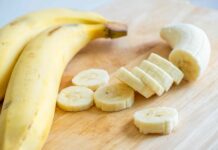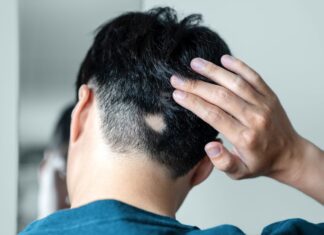A clicking or popping sensation in your shoulder is a common experience, but it doesn’t always signal a problem. While occasional pops without pain are usually harmless, persistent clicking accompanied by discomfort may indicate an underlying issue. This article explains common causes of shoulder popping and provides exercises to strengthen the surrounding muscles, while also emphasizing when professional medical evaluation is necessary.
Understanding Shoulder Pops
Shoulder popping occurs when gas bubbles in the synovial fluid within the joint cavity collapse, creating an audible “pop.” This can happen naturally, especially with movement. However, repeated or painful popping may stem from several conditions:
- Arthritis: As cartilage wears down with age, bones can grind against each other, causing clicking or popping. Osteoarthritis, or “wear-and-tear” arthritis, commonly begins in middle age.
- Labral Tears: Damage to the labrum – the cartilage rim around the shoulder socket – can cause clicking, locking, and instability, often from trauma or overuse.
- Bursitis & Tendinitis: Inflammation of the bursa (fluid-filled sacs) or rotator cuff tendons can also lead to popping sensations.
When to Seek Medical Attention: If your shoulder pops and causes pain, locks up, or feels unstable, consult a physician. Ignoring these symptoms could worsen an underlying injury.
Strengthening Exercises for Shoulder Stability
If cleared by a doctor, targeted exercises can strengthen the rotator cuff and scapular muscles, potentially reducing popping and improving shoulder function.
Warm-up: Begin with 5–10 minutes of light cardio, such as treadmill walking or stationary biking, to prepare the muscles.
Wall Stretch
- Face a wall and extend your injured arm forward.
- “Walk” your fingers up the wall as high as comfortable without increasing pain.
- Keep your shoulder down and avoid shrugging.
- Hold for 10 seconds, then slowly lower.
- Repeat 10 times, aiming to climb higher with each repetition.
External Rotator Cuff Strengthening
- Tie an exercise band to a doorknob.
- Stand facing the door, holding the band with your injured arm.
- Keep your elbow at a 90-degree angle and tucked into your side.
- Rotate your forearm outward against the band’s resistance.
- Return slowly to the starting position.
- Perform 3 sets of 10 repetitions, resting 30 seconds between sets.
Internal Rotator Cuff Strengthening
- Tie an exercise band to a doorknob.
- Stand facing the door, holding the band with your injured arm.
- Keep your elbow at a 90-degree angle and tucked into your side.
- Rotate your forearm inward against the band’s resistance.
- Return slowly to the starting position.
- Perform 3 sets of 10 repetitions, resting 30 seconds between sets.
Important Note: Stop any exercise immediately if you experience pain.
Expert Insights
Dr. Joseph Hribick, a clinical assistant professor of physical therapy, emphasizes the importance of proper assessment before starting any exercise program. Kim Grundy, a physical therapist and health writer, suggests that strengthening exercises are most effective when tailored to individual needs and supervised by a qualified professional.
Shoulder popping is often benign, but persistent or painful clicking warrants medical attention. Strengthening exercises can improve stability, but always consult a healthcare provider before starting a new routine.




































